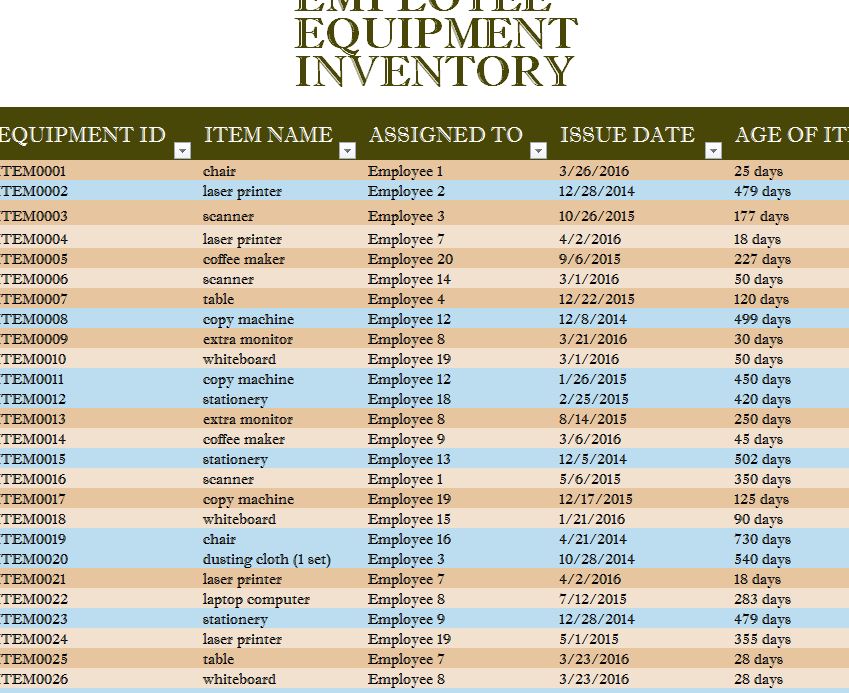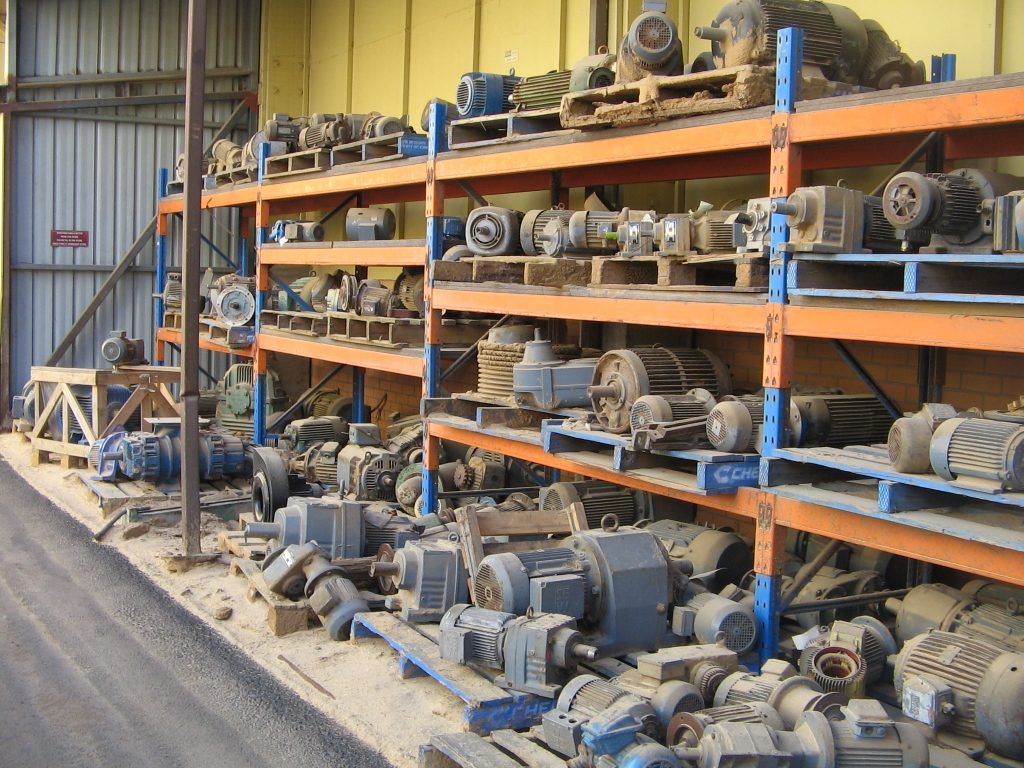
You can also check a product's inventory history to see any adjustments that were made in the last 90 days. And it syncs everything up with your Admin. Barcodes can be scanned with a Shopify mobile app, making it fast and easy to count and make quantity adjustments to your inventory. This is where having a barcode tracking system comes in really handy. To ensure accuracy, it's a best practice to count your inventory regularly during less busy times. If you don't have enough inventory to meet your orders, you'll likely end up with some pretty unhappy customers. Ultimately a SKU system will help you find products faster, and make your fulfillment process more efficient. The key here is to keep it simple, and use a SKU system that makes sense for your business.
#Machine inventory manager tutorial download
You can also use the Shopify Bulk Editor to add SKUs quickly, import an existing product SKU lists with a CSV, or download an app like SKUGen to help automate the process for you. If you don't create custom SKUs, Shopify can automatically create SKUs as you add variants to a product. So then if you have a medium size white t-shirt, you could use the SKU, TEE-W-M. This represents the product, the color, and the size. If you sell products that come in different sizes or colors, you want to create unique SKUs for each of the variants.įor example, if you have a t-shirt in white that's a size small, you can easily use the SKU, TEE-W-SM.
#Machine inventory manager tutorial code
A SKU is a unique code that's used to identify a product or variant based on things like a product's model, size, or color. Now let's talk about a stock keeping unit or SKU. Barcodes are useful because they help you save time, and increase your product tracking when you count and reconcile products. But if you make your own products, you can use a barcode label app to easily create custom barcodes. It's where we can store and locate product information.īarcodes will often come with your products from a manufacturer supplier.

But they're more than just a bunch of numbers and lines.

Now that we have your inventory physically organized, the next step is to set up a SKU and barcode system to help you keep track of all your products. The more organized you are, the more efficient you'll be. The most important thing is to make sure your storage space works for you and your business. Which we'll talk about a bit later.įor easy access, keep your best selling products at eye level, and close to your picking and packing station. You can even add a barcode to the label, to make scanning easier. Add product names, SKUs and a storage location. You can keep your inventory in tidy piles or storage bins. Shelving is a sweet and simple way to maximize your storage space. And that can't be any more true, than when it comes to inventory. There's a saying that goes, for every minute spent organizing an hour's earned. In this video, I'm going to share four tips about inventory management that you can implement right now. Which means your orders will be way more accurate, and you're likely to see clear ways you can cut costs. When you manage your inventory right, you have complete control and visibility.


That's where inventory management can really help. There's a fine balance between having enough stock to meet sales, and then having way too much inventory, where you end up wasting a ton of time and money. And that's a massive problem, considering that inventory is one of the biggest investments you make in your business.īut managing inventory isn't an easy task. If you were to estimate how accurate your inventory is right now, what would you say? 100% accurate, 50%? When asked this same question, other business owners said their inventory is only accurate about 66% of the time.


 0 kommentar(er)
0 kommentar(er)
